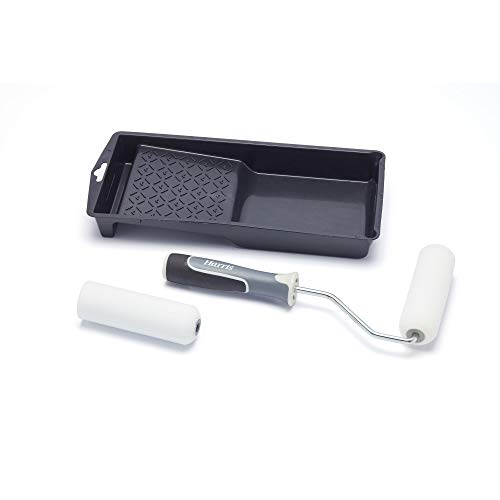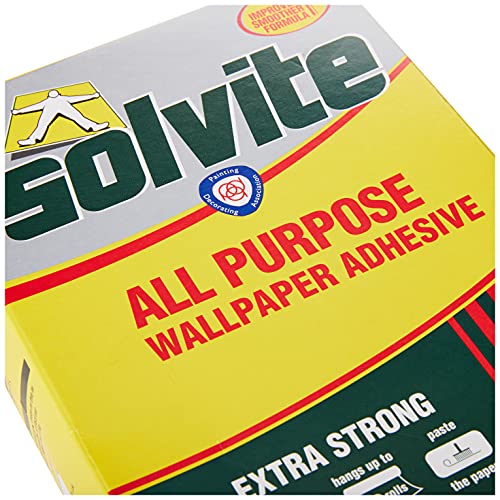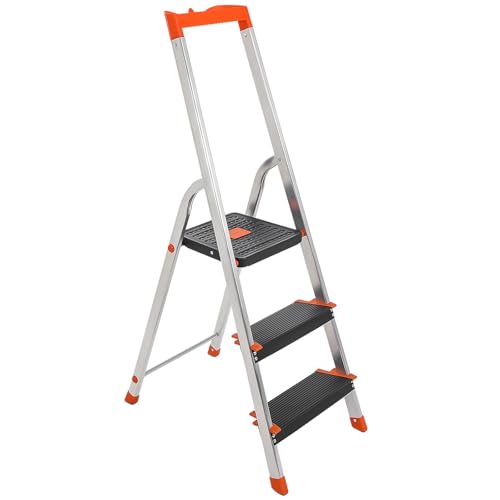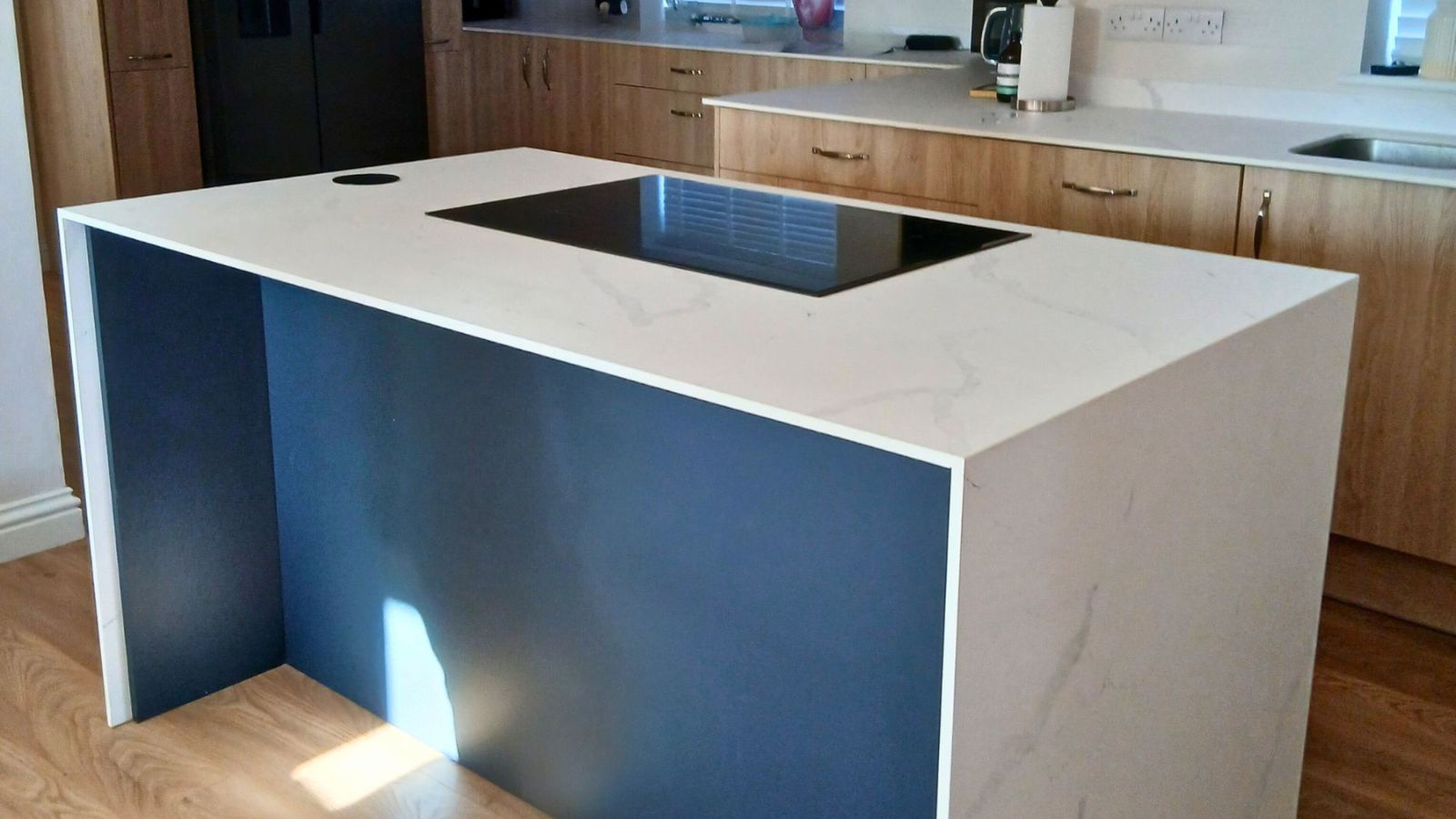Want to know how much to wallpaper a room? Pros reveal costs for labour and materials
If you’re ready to decorate, you’ll need to know how much to wallpaper a room and how much wallpaper is needed. Here we have the answers
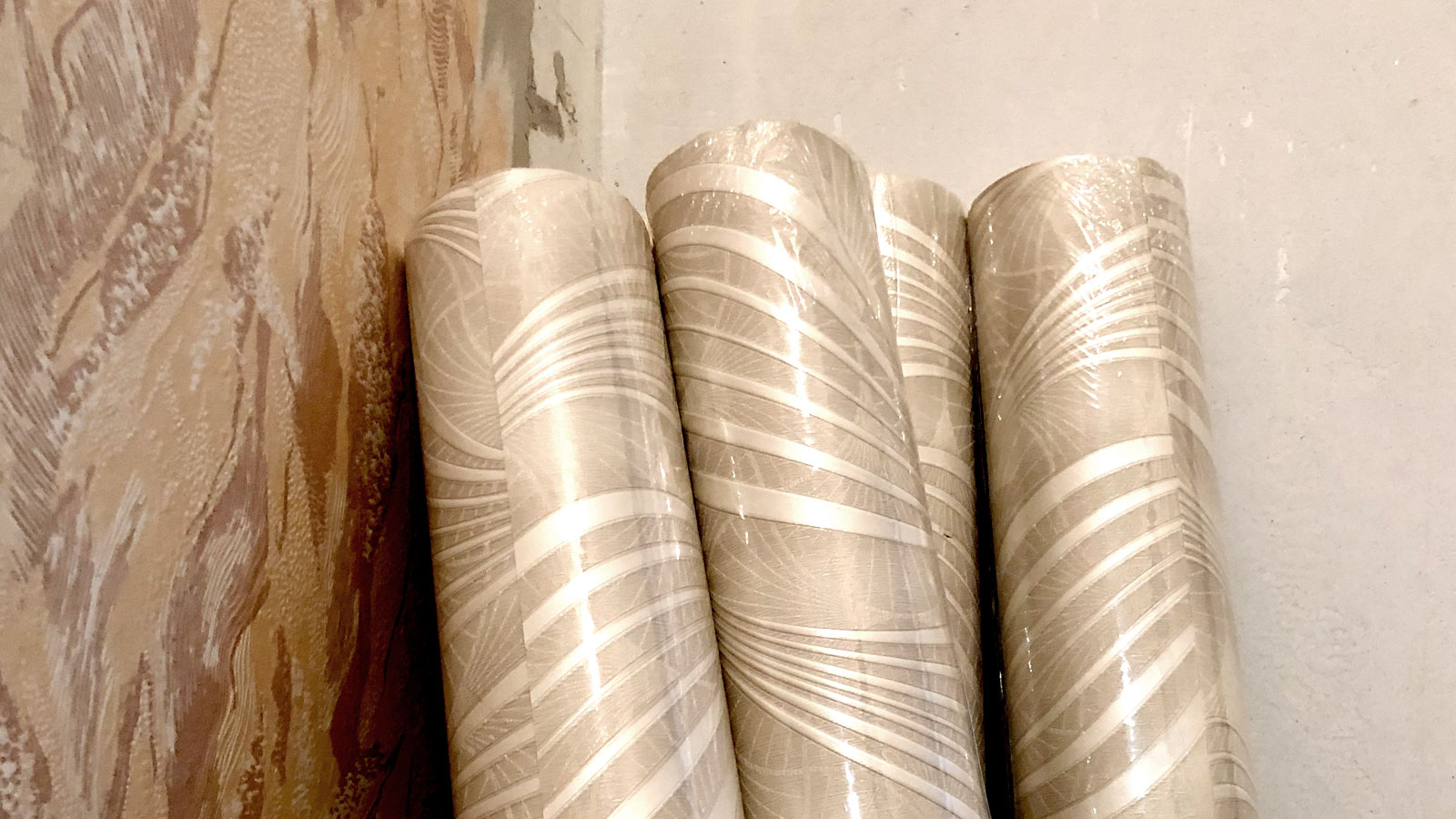
The answer to how much to wallpaper a room isn’t a simple one. There are a host of factors to consider to arrive at an accurate estimation. Are you going to call in a professional? Are you going to tackle the project yourself? What type of wallpaper are you considering?
The answer to these questions will help determine the overall costs. If you know how to wallpaper, you can save large on labour costs. But if you are using high-quality, expensive patterned paper, you want to seriously consider calling in a professional.
Here we give you a guideline on how much you can expect to pay for a professional, the costs for wallpaper, and how to calculate the amount of wallpaper needed.

Davies is the Design Director at Classic Interiors, an independent family business established in 1987. He possesses extensive experience overseeing design projects and showrooms. His expertise is in understanding client needs and managing design costs.
How much to wallpaper a room: Quick guide to costs
As a general guideline, hiring a professional will cost around £150+ a day. Gareth Davies, design director at Classic Interiors, shares, "For straightforward decorating work, like wallpapering or painting, you’re usually looking at around £150–£250 per day, or roughly £20–£35 per hour."
He adds, "However, if you’re hiring a designer to help with the creative side as well – sourcing, styling, planning – that can go higher, especially if it’s a more involved project."
How much you can expect to pay for wallpapering depends on the size and complexity of the room, as Davies points out, "Wallpapering costs vary depending on the size of the room and the type of wallpaper."
He adds, "For a small room like a cloakroom or box bedroom, you might pay £300–£400 for labour. A medium-sized room might be around £500–£600, and a larger space could be £800 or more, especially if the wallpaper has a tricky pattern match or needs lining paper underneath. The prep is often what takes the time."
In addition you will typically need to purchase the wallpaper for the job, so don’t forget to add this on top of the labour costs.
Bring your dream home to life with expert advice, how to guides and design inspiration. Sign up for our newsletter and get two free tickets to a Homebuilding & Renovating Show near you.
Try these tools for wallpapering
Costs for wallpapering DIY
A competent DIYer will be able to hang wallpaper, but will need the right tools to do a good job. Typically, you will need to have the right tools such as a pasting table like this Wooden Hardboard Folding Pasting Table at Amazon.
You will also need a few other tools including a long spirit level, a pasting brush, a wallpaper hanging brush, scissors, a bucket and a step ladder. If you don’t have any tools consider buying a kit like the Harris Taskmaster Complete Paper Hanging Kit for just under £25.
With all the right tools at your disposal make sure you check out our wallpaper hacks guide before you get started to help you get a great finish.
Removing wallpaper is an extra charge, again charged at the day rate. An average sized room should take around half a day, but you can save yourself a few quid and take on the job yourself by investing in a wallpaper steamer like this BLACK+DECKER Wallpaper Steamer Stripper at Amazon.
How to work out how much wallpaper is needed
When buying wallpaper, you should ensure you have enough to complete the job, and there's no risk of being short. Thomas Oldham, co-founder of UK Construction Blog, says, "It’s always worth buying an extra roll to cover pattern matching, errors, or future repairs. If in doubt, a professional decorator will usually be happy to confirm how much you’ll need."
The common roll size for wallpaper is 10m (length) x 53cm (width), which means you can get four drops in a standard 2.4m (8 feet) high room. You may get three drops if using patterned wallpaper.
A simple calculation is to measure a wall and divide by the total width of the drops. For example, 4m / 2m (4 drops) = 2 rolls. Then add 10% for wastage or 15-20% for more intricate patterned paper. So, you will need three rolls for a standard-size room. Obviously, larger/taller rooms will need more wallpaper.
Don't forget to factor in windows and doors, especially windows, as these often take up large areas of a wall. If unsure, use an online wallpaper calculator like this one.

Thomas Oldham has spent the past four years using his expertise of working in the construction industry for over a decade to develop the UK Construction Blog - a leading online platform dedicated to empowering individuals and businesses in the construction industry.
Cost of wallpaper
Once you know how many rolls you need, you can calculate the total cost for the wallpaper itself.
Oldham says, "Wallpaper costs vary massively depending on the style and quality. Cheaper rolls start at around £10-£15 (like this GoodHome Rivina White Woven effect Textured Wallpaper from B&Q), while designer options can exceed £70.
He adds. "Most people go for something in the £30 to £50 range. Price depends on everything from the complexity of the pattern to the type of material and brand."
Oldham suggests that when choosing a more expensive wallpaper, "Remember that fitting costs can also be higher, especially if the paper requires a more delicate or precise installation."
FAQs
Is it cheaper to paint or wallpaper a room?
Typically it is cheaper to paint a room than wallpaper. But this will depend on the current condition of the walls. If you have smooth new plaster it's definitely worth considering painting. Check out our How much paint do I need? guide to help calculate what you will need.
But as a rough guide a 10 litre tub of emulsion will cover around 15m2, so you should only need one or two tubs of paint which will cost around £50.
If you want a texture or pattern then you will need to wallpaper. But, before you start wallpapering new plaster you will need to seal the walls.
Can I paint over wallpaper?
If you hang expensive patterned wallpaper, you won’t be painting over it. But if you are hanging less expensive plain or plain textured wallpaper, you will probably want to paint it.
These commonly include woodchip, which is a cheap way to hide uneven walls; lining paper provides a pattern-free finish; and the well-known Anaglypta brand is a good choice for a textured finish. Once hung and dry, it is simply a matter of following the steps for painting a wall.
Once you’ve calculated how much wallpaper you need and the expected costs, you need to make sure you have all the wallpaper tools you need if doing it yourself. For inspiration and ideas, check out our bathroom wallpaper ideas and bedroom wallpaper ideas.
Steve Jenkins is a freelance content creator with over two decades of experience working in digital and print and was previously the DIY content editor for Homebuilding & Renovating.
He is a keen DIYer with over 20 years of experience in transforming and renovating the many homes he has lived in. He specialises in painting and decorating, but has a wide range of skills gleaned from working in the building trade for around 10 years and spending time at night school learning how to plaster and plumb.
He has fitted kitchens, tiled bathrooms and kitchens, laid many floors, built partition walls, plastered walls, plumbed in bathrooms, worked on loft conversions and much more. And when he's not sure how to tackle a DIY project he has a wide network of friends – including plumbers, gas engineers, tilers, carpenters, painters and decorators, electricians and builders – in the trade to call upon.
